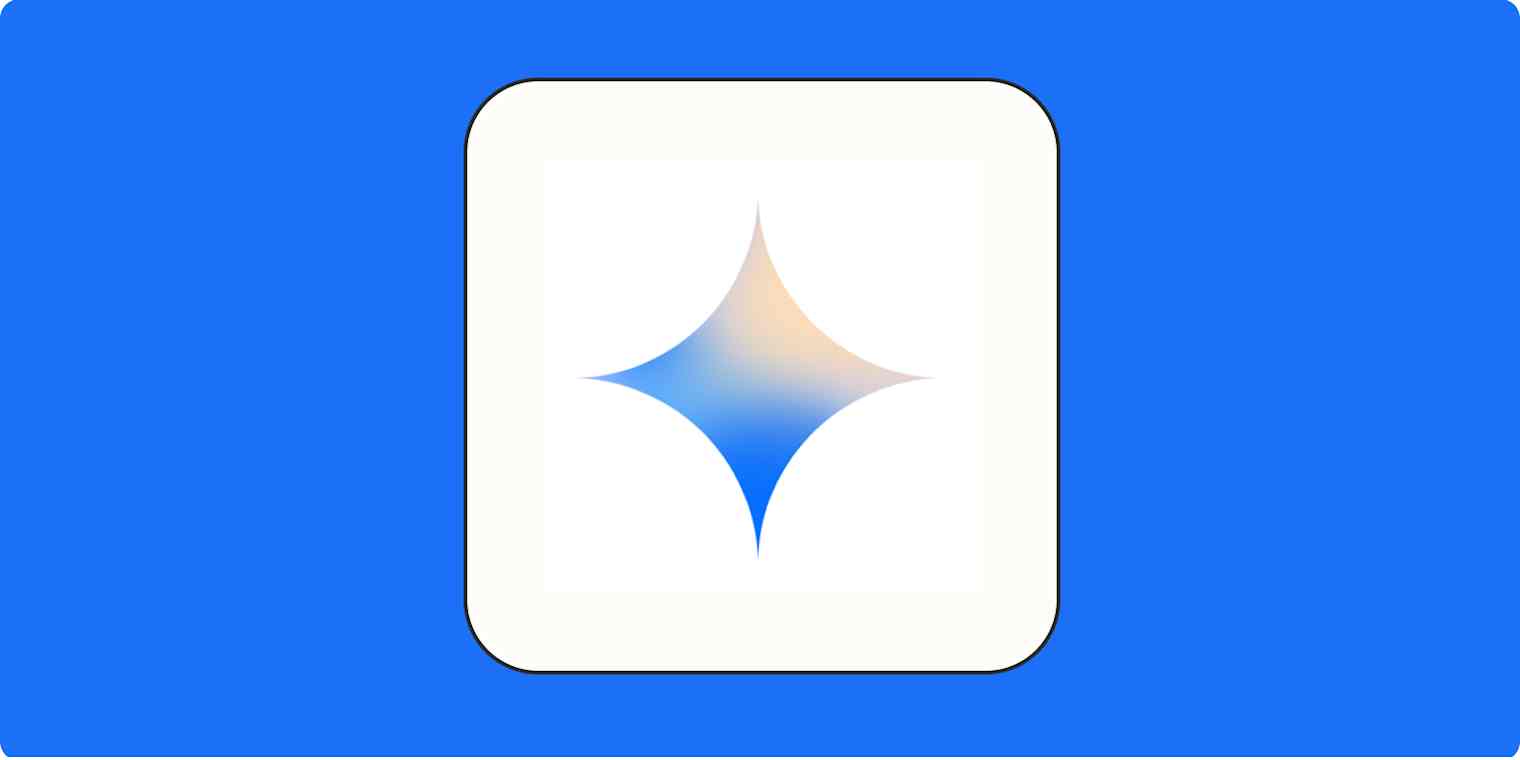App tips
8 min readWhat is Google Gemini?
Everything you need to know about Gemini 1.0 Ultra, Gemini 1.5 Pro, Gemini 1.5 Flash, and Gemini 1.0 Nano.
By Harry Guinness · August 8, 2024

Get productivity tips delivered straight to your inbox
We’ll email you 1-3 times per week—and never share your information.
mentioned apps
Related articles
Improve your productivity automatically. Use Zapier to get your apps working together.








